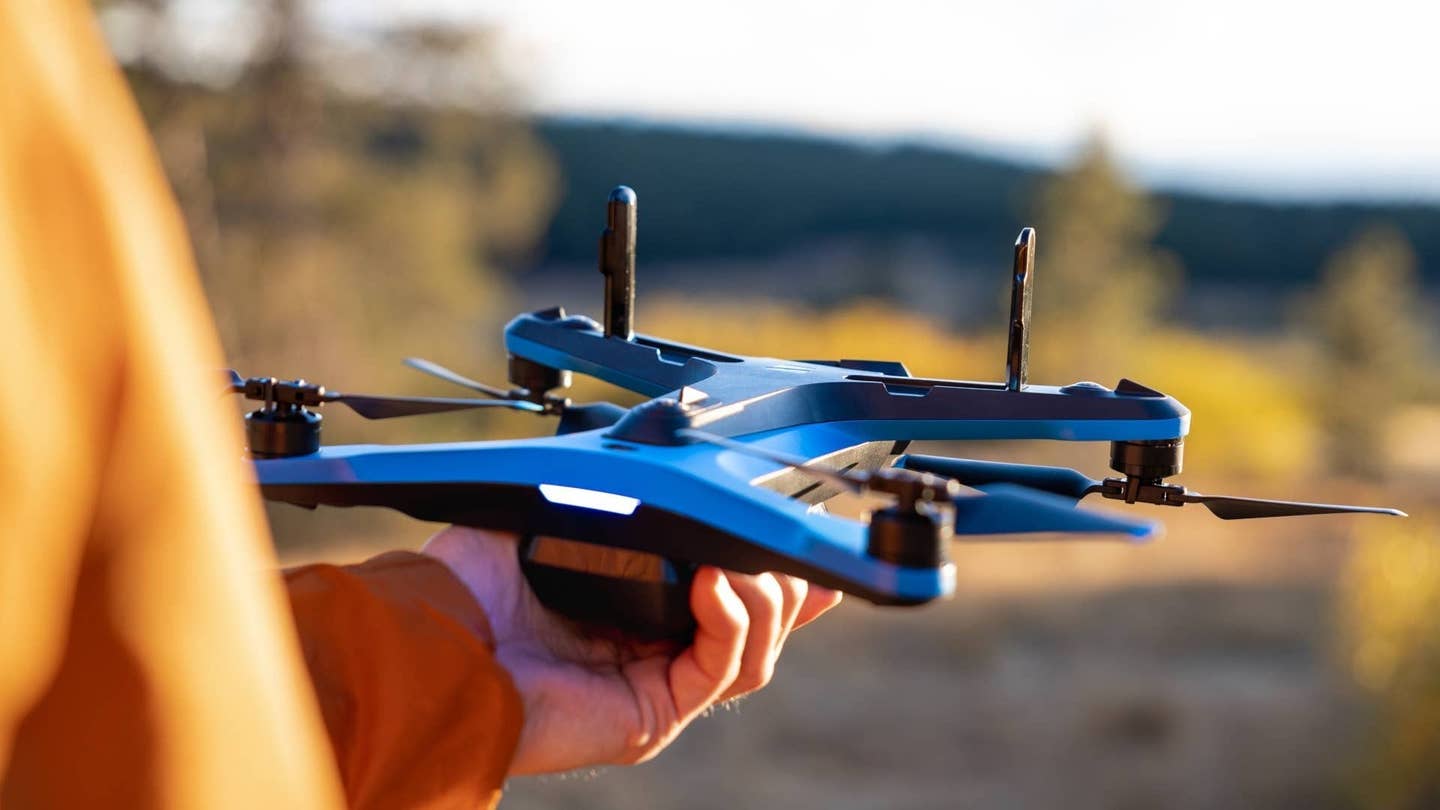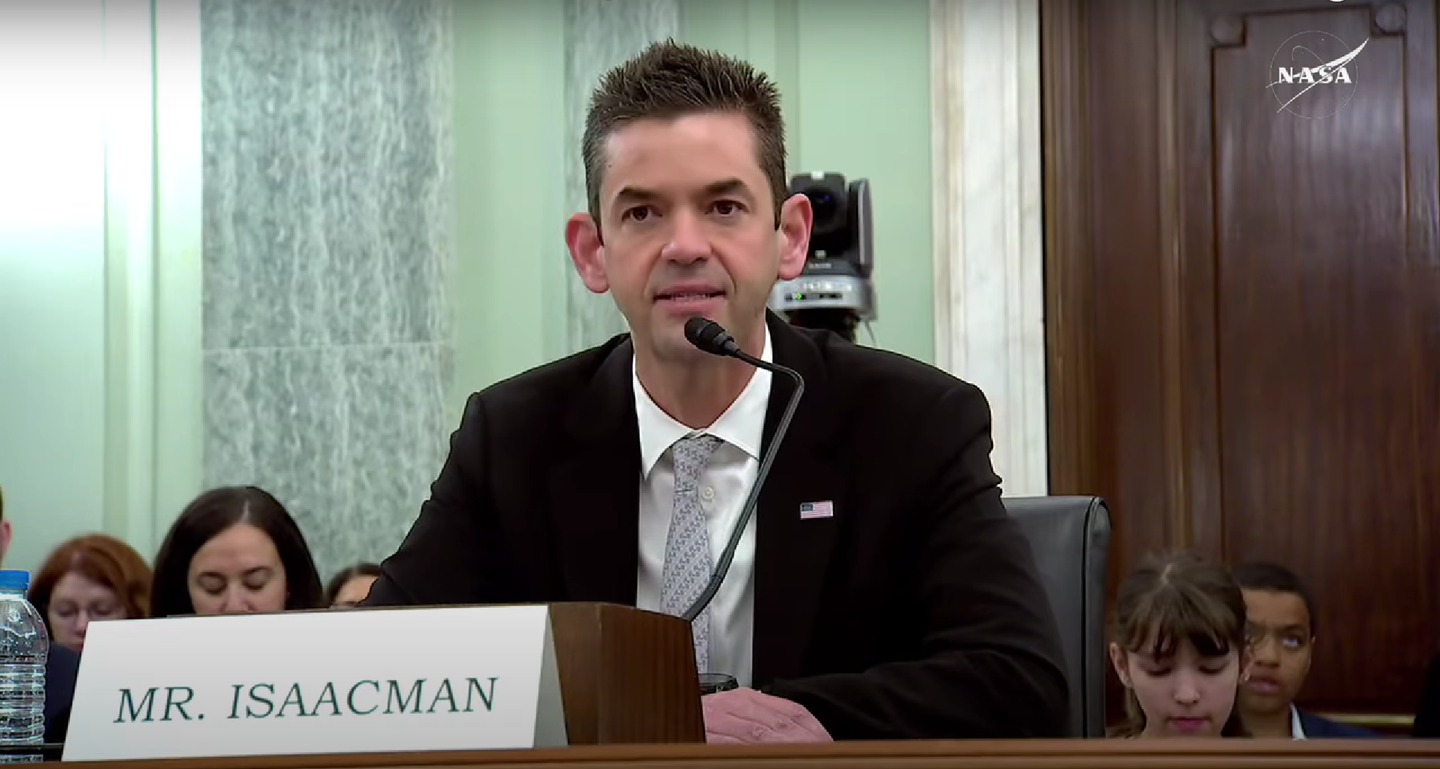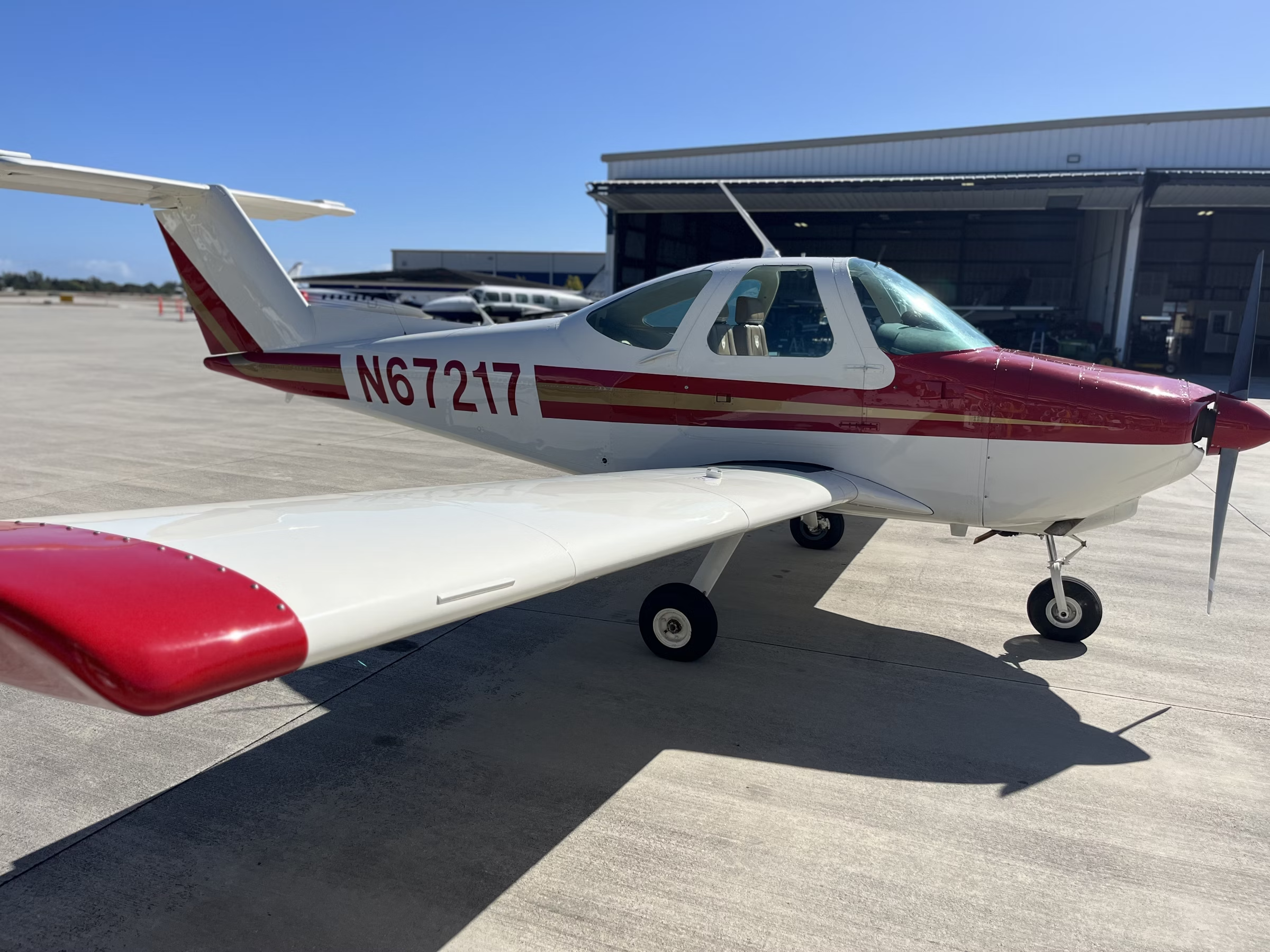How to Stay Competitive in the Drone Industry as Regulations Evolve
Here are ways to make a living with UAVs, even when rules change.

To stay competitive in the drone business, you must start by staying well-informed. [Courtesy: Skydio]
The drone industry continues to see explosive growth each year. New drones are coming to market every month, with many taking advantage of innovations like artificial intelligence (AI) and machine learning.
It's hard to imagine a world where drones are no longer protecting our crops, helping to find people during search and rescue operations, monitoring our construction projects, or capturing fantastic shots of Gothic cathedrals and white sand beaches.
In many ways, the industry is capable of doing far more than it already is. If you have ever looked at the capabilities of your drone, especially those made by companies like DJI, you see they can do far more than you normally ask of them. For example, the maximum flight range on one popular drone, the Mavic 3 Pro, is 28 kilometers. That's over 17 miles. Legally, you can't fly that far away from the remote in the U.S., but the drone is capable of doing it.
This is a good example of the real hurdle keeping the industry from growing faster—legal and regulatory restrictions. Now, that's not to say the rules are a problem. Agencies like the FAA and Federal Communications Commission (FCC) have been tasked with keeping the skies safe, and that's no small endeavor. The rules in place help to make sure everyone benefits from the use of the national airspace without sacrificing safety. Responsible drone pilots must follow the regulations without exception.
From time to time, the rules do get updated. Take, for example, the regulations related to Remote ID.
A few years ago, pilots were not required to broadcast information related to drone ownership and pilot location during flight, but now they are. Since regulatory changes do occur, commercial drone pilots must stay informed of regulations if they hope to remain competitive in the future.
Here’s what it takes to make sure you are still earning, even when rules change:
Adopt a Proactive Mindset
To stay competitive in an environment where regulations can change at any time, you must start by staying well-informed.
Typically, changes to the regulations regarding drones don't happen overnight. Issues are brought up, committees review the issues, a period for the public to voice their opinions is granted, and final decisions are made. This can sometimes take years.
While the speed at which regulations change may keep pilots from immediately benefiting from new innovations, it does make it easier to see when new changes are on the horizon. Pilots should follow agencies like the FAA and FCC. Local aviation authorities and industry advocacy groups like the Association for Uncrewed Vehicle Systems International (AUVSI) are also worth looking into.
It's a good idea to regularly check the FAA's drone-specific website, FAADroneZone. This site lists everything a pilot needs to know, from who can earn money with a drone to how drones are registered. When new regulations are coming, FAADroneZone usually has all the information you need regarding the change.
It's also a great idea to be on the lookout for FAA webinars and newsletters. In addition to the FAA, I like to review information from trusted aviation sources like FLYING, Plane & Pilot, and Commercial UAV News.
Invest in Ongoing Education and Certification
At a minimum, commercial drone pilots who have already passed the Part 107 exam must stay current by completing recurrent training every 24 months.
The FAA offers recurrent free training online. While this training keeps current and new rules fresh in your mind, it won't prepare you to stay competitive as rules change.
Specialized training is required to get the most out of new regulations. An example can be seen in one of the most anticipated changes coming in the next few years, beyond visual line of sight (BVLOS), also known as Part 108. Currently, commercial drone pilots can never fly a drone beyond where they can visually see it with an unaided eye unless they have a waiver. That typically works out to about 1-2 miles at best. This restriction limits what work a drone can do.
Imagine if you wanted to use a drone to inspect a 10-mile-long section of an oil and gas pipeline. With current regulations, you would need to move down the line for every mile you want to inspect. Once BVLOS is allowed, you can stay in the same spot and inspect the entire ten-mile-long section in a single flight. But even when BVLOS is allowed, you'll still need additional training to make sure you can do it safely. Investing in training that focuses on BVLOS operations now will position you favorably for the future.
Embrace and Integrate New Technology
In addition to training, you'll want to stay informed about new technology.
The major drone manufacturers like DJI, Autel Robotics, and Skydio all put out press releases whenever they have something new coming down the pipeline. Often, these offerings, both hardware and software, have the capability to perform tasks like BVLOS, even though regulations restrict pilots from doing so.
New offerings that exceed compliance standards are where you want to position yourself. By using these products before regulations change, you can learn how to operate them prior to market adoption. This can place you well ahead of the competition, especially those with a reactive mindset, unlike the proactive one that competitive pilots adopt.
Diversify Your Services
One of the best strategies for staying competitive in a changing environment is to diversify.
Drone technology has been adopted by a wide range of industries, from precision agriculture to medical delivery services. While it may seem far-fetched, there is always the possibility that regulations may limit drone usage in the future.
Imagine focusing your drone services on a single industry, such as precision agriculture. That field is a growing sector currently, but what if, for some reason, regulations changed and drones were no longer allowed to be used for crop monitoring? That could be a real problem for you if it is the only service you offer.
By diversifying your services and working within several industries, you don't have to fear becoming obsolete because of a new law or restriction. A good place to start is with services that can be used in several sectors, such as aerial inspections.
Build Industry Relationships and Partnerships
As the saying goes, "there is strength in numbers." As an individual commercial drone pilot, it is highly unlikely you will be able to do much about proposed or existing rules and regulations.
But, if you are part of a larger organization, like AUVSI, you have a better chance of communicating your views on a specific issue.
Joining local and national UAV work groups, forums, and business networks is a great place to start. These organizations often lobby with the FAA during the proposed rulemaking phase of a potential regulation. They are sometimes even asked to participate in writing the language associated with new rules. By building industry relationships with these groups, you tap into shared knowledge and platforms where your voice can be heard.
When it comes to changing regulations, individual commercial drone pilots are unlikely to stop the FAA from issuing new rules. They can, however, make smart decisions that position them for success as new regulations are made into law.
By investing in ongoing education, exploring new technologies before they become mainstream, diversifying their services, and engaging with industry groups, UAV pilots put themselves in the best position to thrive no matter what changes come. With a proactive mindset, they can stay competitive in an ever-evolving regulatory environment.
FAQ
How can I prepare my drone business for beyond visual line of sight (BVLOS) operations?
Start by investing in BVLOS-ready equipment and taking advanced flight safety courses.
How can I tell if my current services will remain profitable as rules change?
Track industry trends and client demand across multiple sectors to stay ahead of shifts.
How do I know which industries are least affected by drone regulation changes?
Look for sectors like construction and insurance, which often work closely with regulators.
FLYING may earn revenue from the products available on this page and participate in affiliate programs.

Sign-up for newsletters & special offers!
Get the latest FLYING stories & special offers delivered directly to your inbox






